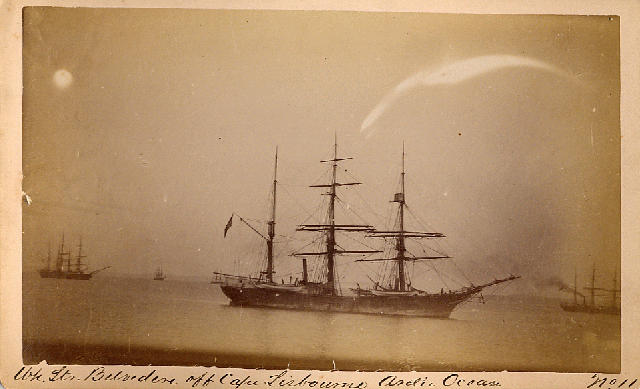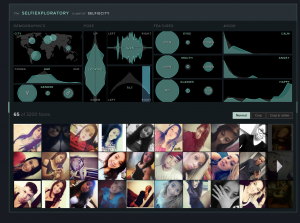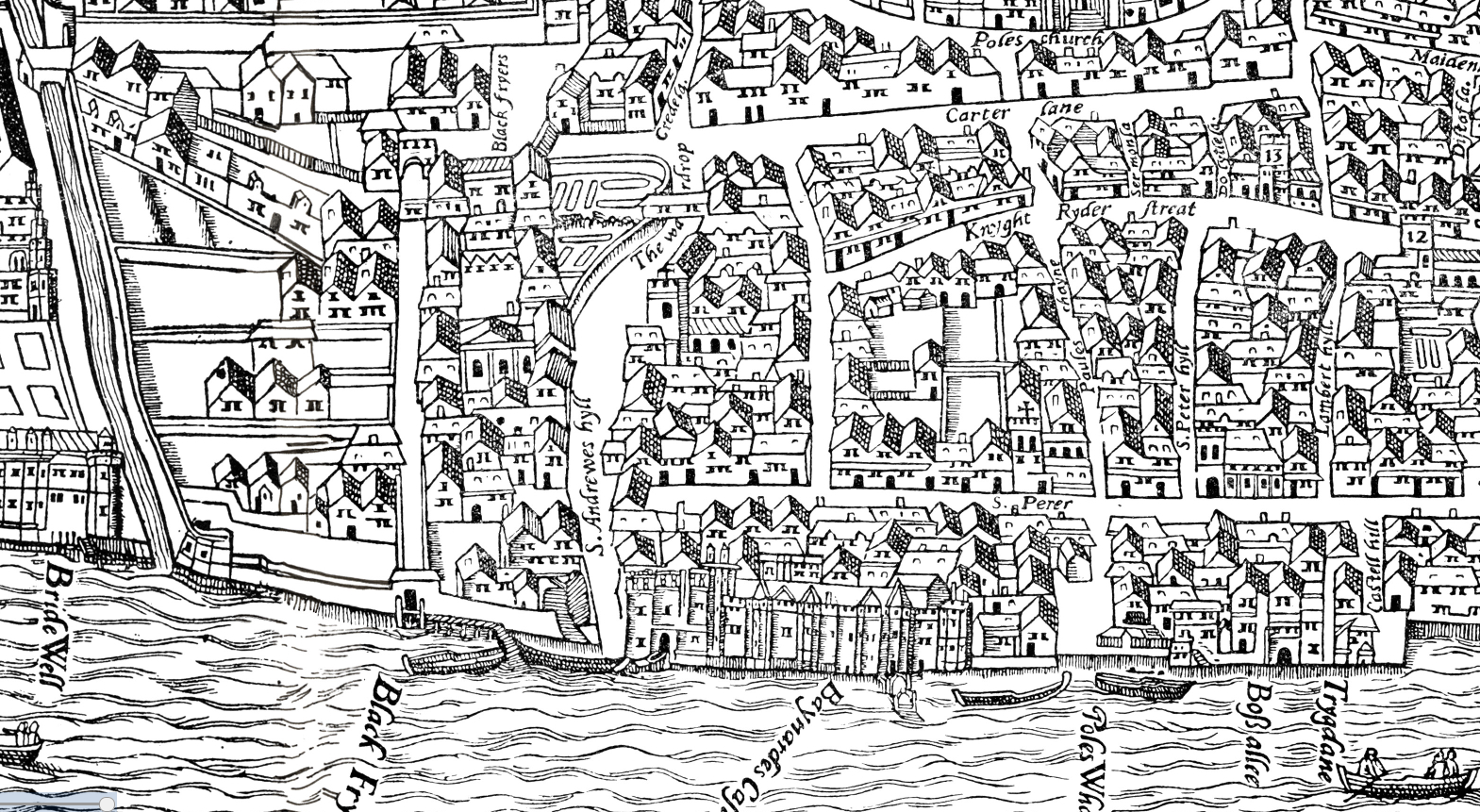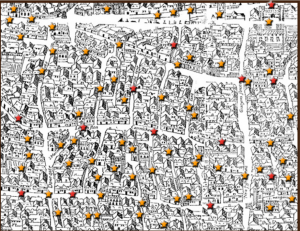One of the DH sample projects I looked at was SeflieCity which uses network analysis and visualization to study demographics and patterns of the subjects and their images. Because the images were collected from Instagram, a social media platform solely dedicated to images and videos, it makes sense to use Imageplots to assemble the pictures together to compare them one city at a time. This compilation helps the reader see the similarities and differences between all the different facial expressions of the subjects. Beside a collage of pictures, the project also shows line graphs and charts to organize age, gender, poses, facial features, and moods. The project also incorporates a map of all the cities to help the reader visualize where the subjects are in the world and the extent to which Instagram can expand one’s network on a global level.

The second project I looked at was done by the University of Utah on the study of sonic and linguistic connections between words in text like poems, otherwise known as sonic topology. The usage of textual analysis is logical here because the study is based on texts. The words in an example of a poem are circled in different colors, depending on the category like identical rhyme, perfect masculine, perfect feminine, syllabic rhyme, alliteration, assonance, consonance and others. The examples are annotated in the manner of close reading, focusing on word choice and phrasing to identify imagery, sound, metaphors to determine the meaning of these texts. There is a graph of words connected to each other by lines based on similarities in the previously mentioned categories. 





